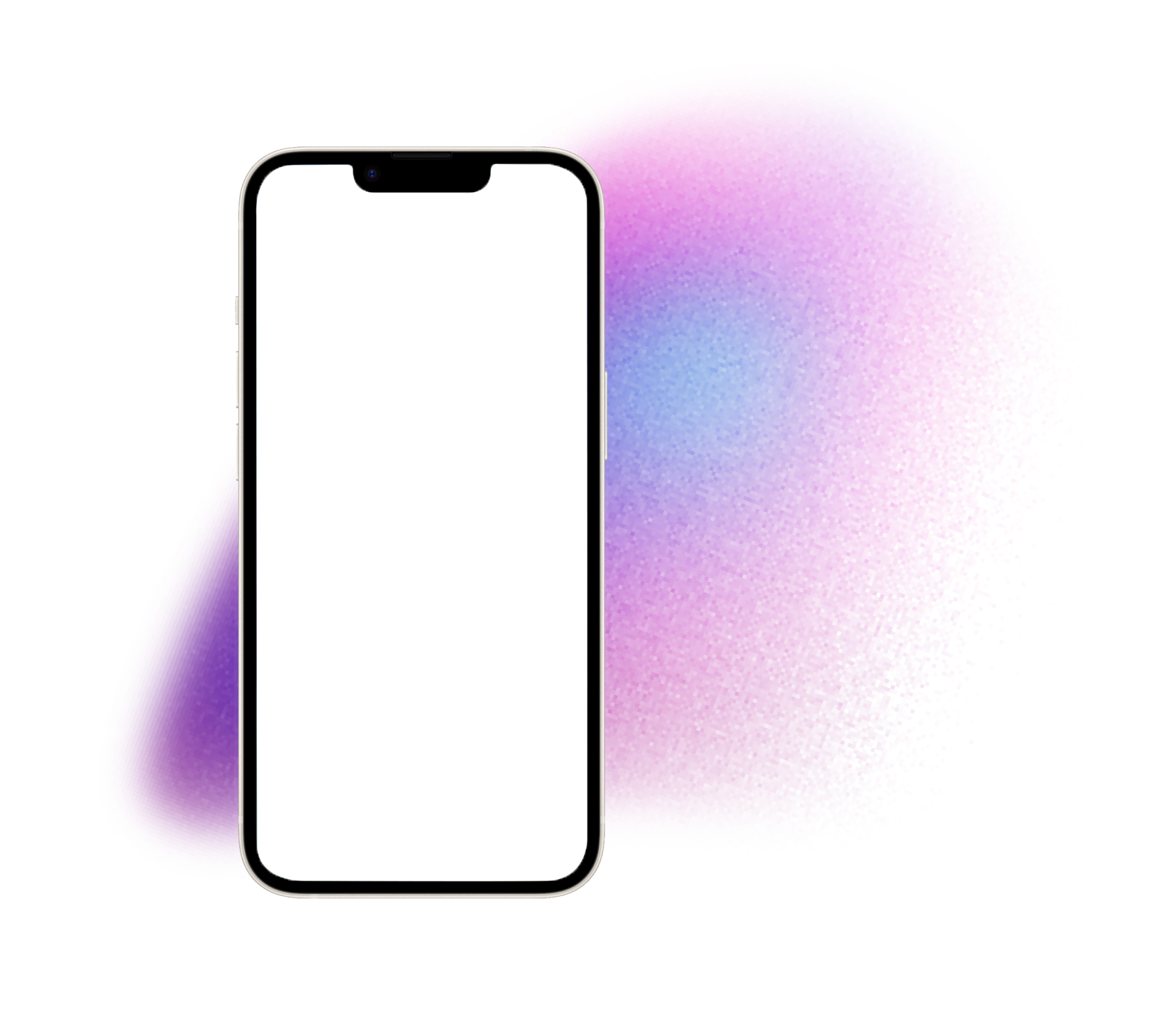Retina Displays, with high pixel density, have been on the market for a few years now. They offer considerably better viewing experience and increase user satisfaction. But even though retina displays aren’t new, most websites still haven’t been adjusted to be properly viewed on retina screens. Considering that more and more retina-based devices appear on the market each year, adopting websites to this technology should be on top of to-do lists of all developers. Follow our simple how-to guide to getting your retina website ready and you’ll be set for all of the high-resolution displays currently on the market, and likely those to come for some time.
Here’s how to do it:
1 Vector is victorious on a retina website
Many of the existing graphic formats (JPEG, GIF, etc.) were designed for a time when every display had the same resolution for 72dpi. Today, web content can be browsed on a plethora of devices, each with their own display resolution, most in a much higher pixel density than the old standard. Those old images pixilate heavily on the new displays. This is where vector graphics come in. Vector images can be scaled to fit all screen sizes and retain their impeccable quality. An additional benefit to vector images is the drastically reduced file size required, meaning your website loading times will drop noticeably. Everyone loves a faster website!
There is a downside, but it’s more a limitation in their scope of use more than a true flaw. Vectors can only be used for things such as illustrations, charts, graphs, and fonts. Photos will need to remain in a bitmap format, but we have solutions further on in the article. So while not a total solution, you will find that vectors can replace a large amount of display items and even website UI.
Let’s get started, shall we?
SVG Images
Scalable Vector Graphics (SVG) is a graphic format defined in the Extensible Markup Language (XML) that presents images in high quality. SVG images can be displayed in Internet browsers that use XML, and can be viewed on mobile phones in form of SVGB and SVGT files – variations of SVG format that accommodate mobile technologies.
But SVG graphics are particularly valuable because they can be used to make websites retina-friendly.
SVG graphics offer unmatched viewing experience. Instead of pixels and raster graphics, which traditionally make up JPEG and GIF images, SVG files are made of vector shapes. As such, SVG images remain smooth and clear even when in extreme close-ups.


